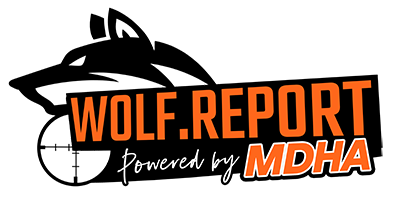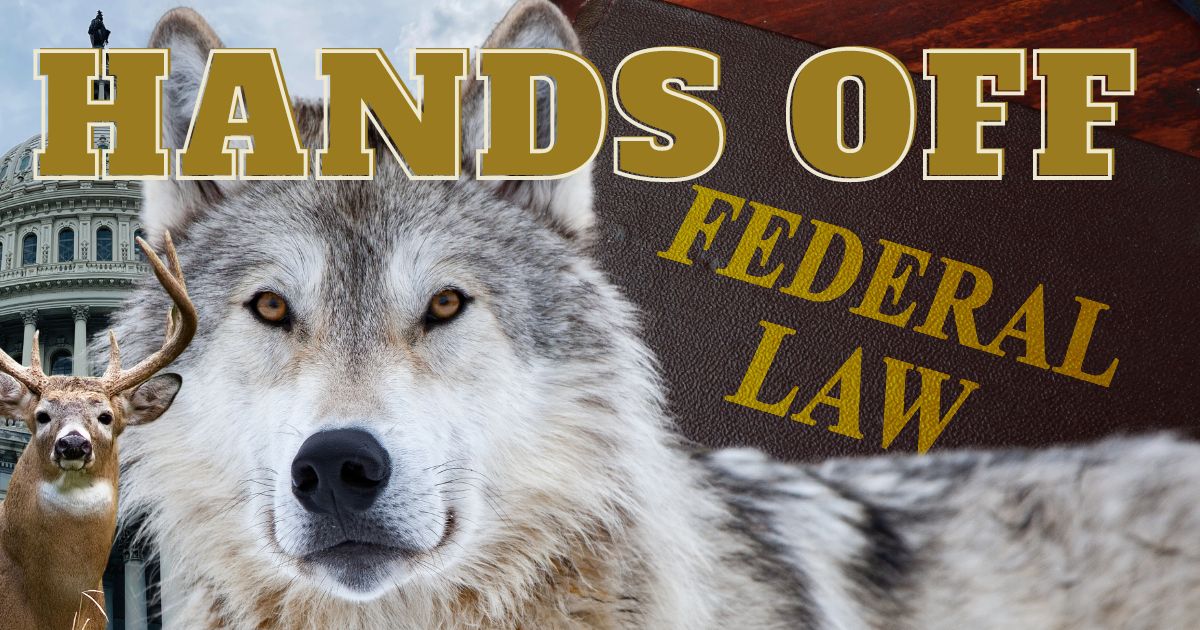

Deer hunters in Minnesota are advocating for immediate wolf management to address the decline in the deer population and the frustrations caused by the hands-off policy on gray wolves.

Impact of Wolf Population on Deer Hunting in Minnesota
The decline in the deer population in northern Minnesota has been a significant concern for hunters, trappers, and farmers, who have attributed this decline to the increasing wolf population. This has led to frustration among the community, particularly those who rely on a healthy deer population for their livelihoods and recreational activities. With the wolf population impacting the deer population, hunters, trappers, and farmers are facing challenges in maintaining the balance of the ecosystem in the region. The scarcity of whitetails has been a pressing issue, creating an urgent need for effective wolf management to protect the deer population and maintain ecological equilibrium.
The hands-off policy on the gray wolf population has further exacerbated the concerns of the hunting community. The Minnesota Department of Natural Resources' approach to wolf management has not been well-received, leading to dissatisfaction among hunters, trappers, and farmers. This has sparked a renewed urgency to address the impact of wolf population on deer hunting. The Minnesota Deer Hunters Association (MDHA), a longstanding advocate for wolf management since 1980, has been at the forefront of efforts to raise awareness about this issue and to push for effective initiatives in response to the challenges faced by hunters, trappers, and farmers in the region.
Current State of Wolf Management in Minnesota
The Minnesota Department of Natural Resources (DNR) has faced criticism and a low approval rating among hunters due to its management of the wolf population. The frustration among hunters, trappers and farmers persists as the DNR's 10-year wolf management plan is perceived as inadequate in addressing the concerns raised by the hunting community. This dissatisfaction has intensified the urgency for more effective wolf management strategies in Minnesota.
The Hands-off policy on the gray wolf population is another source of frustration among hunters, trappers, and farmers. They believe that this policy is contributing to the overabundance of wolves and the scarcity of whitetails, which are essential for deer hunting. The lack of active management measures for the wolf population has led to concerns about the impact on the deer population in northern Minnesota. This situation has prompted hunters and organizations like the Minnesota Deer Hunters Association (MDHA) to advocate for more proactive and balanced wolf management policies to protect the interests of both wildlife and hunters.
The ongoing dissatisfaction with the DNR's management approach has also sparked the formation of the Hunters for Hunters group, a highly partisan group focused on addressing the overabundance of wolves. The group's objectives align with the concerns of some in the hunting community, highlighting the pressing need for comprehensive and effective wolf management initiatives in the state.
Initiatives and Concerns of Deer Hunters and MDHA
The Minnesota Deer Hunters Association (MDHA) has been at the forefront of advocating for wolf management since 1980. They have consistently expressed dissatisfaction with the current wolf management plan and have been pushing for the passage of a federal bill to delist wolves. This reflects the deep commitment of the association to preserving the deer population and ensuring a healthy balance in the local ecosystem. The MDHA’s proactive stance underscores the need for a comprehensive and sustainable approach to wolf management that considers the interests of both wildlife and hunters in Minnesota.
Estimation of Wolf Population
The current estimate of the wolf population in Minnesota stands at approximately 2,700. This number, however, is met with skepticism among hunters and residents who question the accuracy of this estimation. This skepticism is born out of the frustration among hunters and trappers, and farmers due to the federal policy on the gray wolf population, leading to a decline in the deer population in northern Minnesota.
The skepticism regarding the wolf population estimation also highlights the need for more transparent and scientifically sound methodologies in conducting these estimates. To address this, the Minnesota Deer Hunters Association has consistently advocated for wolf management, emphasizing the importance of managing the wolf population within legal and reasonable limits. By working with conservation experts and wildlife biologists, the association aims to develop more accurate and reliable methods for estimating the wolf population, taking into account the concerns of hunters, farmers, and other stakeholders in the preservation of the deer population. This collaborative approach not only aims to alleviate the skepticism surrounding wolf population estimates but also to ensure that the management strategies are well-informed and effective in balancing the interests of both wildlife and hunters in Minnesota.
Challenges in Wolf Hunting and Trapping
The impact of federal protections and court orders on wolf hunting and trapping seasons in Minnesota has been significant. For instance, the disruption caused by these legal constraints has limited the ability to control the wolf population effectively. This has led to concerns among hunters trappers, and farmers who are directly affected by the overabundance of wolves and the implications for the deer population. The frustration stemming from these challenges underscores the urgency of finding a balanced approach to wolf management that addresses the interests of both hunters and the conservation of wildlife.
Moreover, the decline in the number of hunters in Minnesota over the past 20 years has compounded the complexities of managing wolf populations. As fewer hunters engage in hunting and trapping, it has become increasingly challenging to address the overabundance of wolves in the state. This decline in the hunting community also raises concerns about the long-term impact on wildlife management and the preservation of the deer population. As a result, there is a growing need to develop sustainable strategies that not only regulate the wolf population but also encourage and support the participation of hunters in these efforts.
Urgency and Importance of Wolf Management in Minnesota
The urgency and importance of wolf management in preserving the deer population cannot be overstated. Finding a balanced approach that addresses the concerns of hunters while ensuring the conservation of wolves and their natural habitat is crucial for the overall ecological balance. It is imperative to prioritize effective wolf management strategies that safeguard the interests of both the wildlife and the hunting community in Minnesota.
The decline in the deer population in northern Minnesota due to the predation of wolves has been a significant concern for hunters. With wolves preying on deer, the population of the latter has been adversely affected, leading to a decline in hunting opportunities and the overall ecosystem's health. This has prompted deer hunters, particularly those in the northern regions, to advocate for better wolf management to maintain a sustainable deer population for hunting and ecological balance.
Moreover, the frustration among hunters, trappers, and farmers regarding the hands-off policy on the gray wolf population has further emphasized the need for robust wolf management strategies. The growing membership at organizations like MDHA is a testament to the growing concern among deer hunters about the overabundance of wolves and the scarcity of whitetails, which underscores the urgency of implementing effective wolf management measures in Minnesota.
